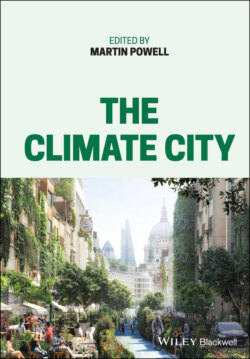Читать книгу The Climate City - Группа авторов - Страница 37
Mesopotamia
ОглавлениеBy 3500 BCE, big cities were on the rise in Mesopotamia, and following on from Uruk we can look at some of the other specific challenges cities in this region faced and the innovation and urban technology they inspired.
The growth in population and city size created the same problems then that they do today, with excess garbage, human waste, and its accumulation. In smaller villages people would simply carry their waste to the edge of the village and leave it there. But with ever-expanding city walls and greater population density this became difficult, and by 2900 BCE this collective need led to the invention of individual deep-pit toilets, and by 2500 BCE there is even evidence of a bathroom at the site of Tello.8
Unfortunately, we are still struggling to transfer urban technology to underdeveloped rural areas today.
With a city and the increase in population there are a lot of people, mainly women and children, needing food and work. Mesopotamia recognized this and created a job market. This included standardization of the industries of pottery and thread-making, which up until then had been made individually with fine detail. By 3500 BCE, they were mass produced to a poor quality in what some records show as industrial-weaving factories that paid its workers in food and clothing. As is still true today, women were paid less than men.
Nonetheless, these advancements show a real ability to meet the new urban demands and ingenious industry development (Figure 2.3). Another fascinating example is found in Uruk, at around 3200 BCE, when a large religious complex was designed and took 100 years to be built, but once it was built it was immediately flattened and rebuilt.9 There is no reason for this at all, so it seems that this unorthodox project was inspired by the government in an attempt to keep the city at full employment by providing 200 years of work. The government’s dedication to its people’s wellbeing is admirable in this sense. Mesopotamia is a lesson in providing its people with both convenience and opportunity.
Figure 2.3 The remains of Mesopotamia provide key insights into the benefits of urban living. (Source: Fat Jackey/Shutterstock)
